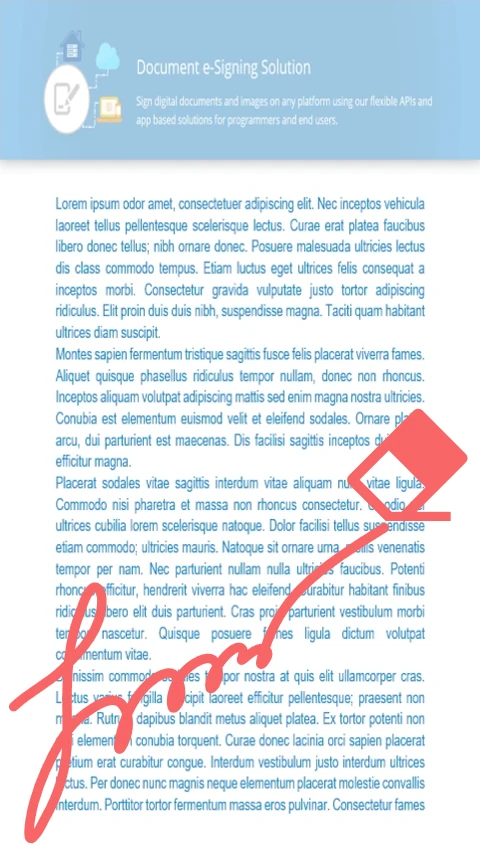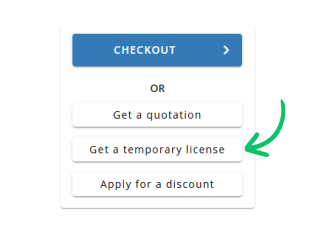GroupDocs.Signature allows Python via .NET developers to remove electronic signatures from PDF files by following these simple steps:
- Load the PDF document into the Signature class instance.
- Use the Search function to find all signatures in the document.
- Delete one or more of the found signatures.
- Review the results after processing.



